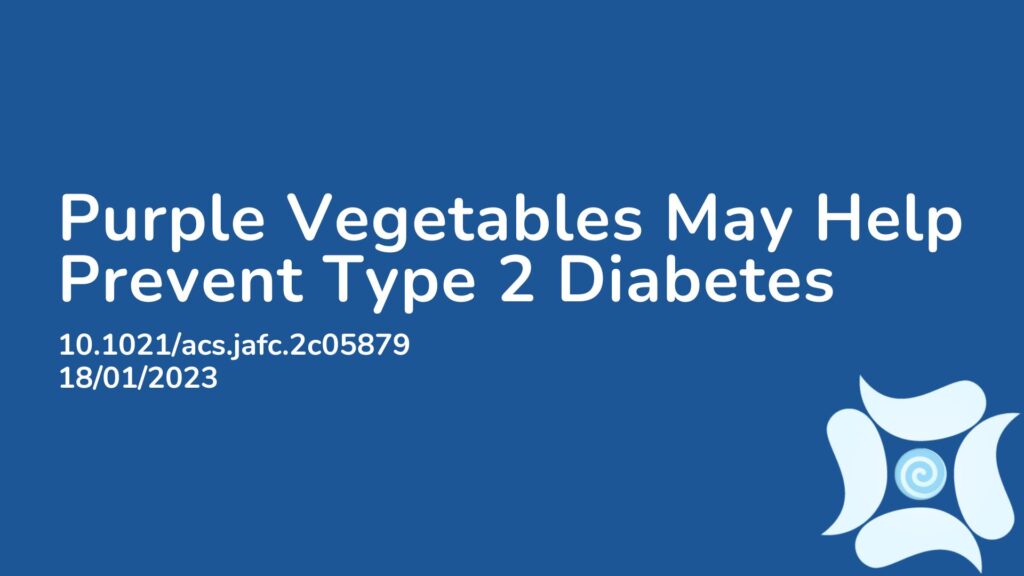Summary:
Anthocyanins, which are water soluble pigments responsible for the red, blue and violet colours in fruits and vegetables, have been shown in literature to reduce the risk of type 2 diabetes. This article shows that the beneficial effect of anthocyanins in type 2 diabetes is increased if the anthocyanin is acylated, meaning that an acyl group is added. This means that selecting fruits and vegetables that have the acyl group versus non-acylated anthocyanins will have more of a preventive effect on type 2 diabetes. Purple vegetables such as purple sweet potatoes, radish, carrots and red cabbage contain high amounts of acylated anthocyanins therefore have an increased benefit. Research shows that anthocyanins are beneficial due to high anti-oxidant activity, anti-inflammatory and glucose regulating impacts.
Abstract:
Anthocyanins, the red-orange to blue-violet colorants present in fruits, vegetables, and tubers, have antidiabetic properties expressed via modulating energy metabolism, inflammation, and gut microbiota. Acylation of the glycosyl moieties of anthocyanins alters the physicochemical properties of anthocyanins and improves their stability. Thus, acylated anthocyanins with probiotic-like property and lower bioavailability are likely to have different biological effects from nonacylated anthocyanins on diabetes. This work highlights recent findings on the antidiabetic effects of acylated anthocyanins from the perspectives of energy metabolism, inflammation, and gut microbiota compared to the nonacylated anthocyanins and particularly emphasizes the cellular and molecular mechanisms associated with the beneficial effects of these bioactive molecules, providing a new perspective to explore the different biological effects induced by structurally different anthocyanins. Acylated anthocyanins may have greater modulating effects on energy metabolism, inflammation, and gut microbiota in type 2 diabetes compared to nonacylated anthocyanins.
Article Publication Date: 18/01/2023
DOI: 10.1021/acs.jafc.2c05879




